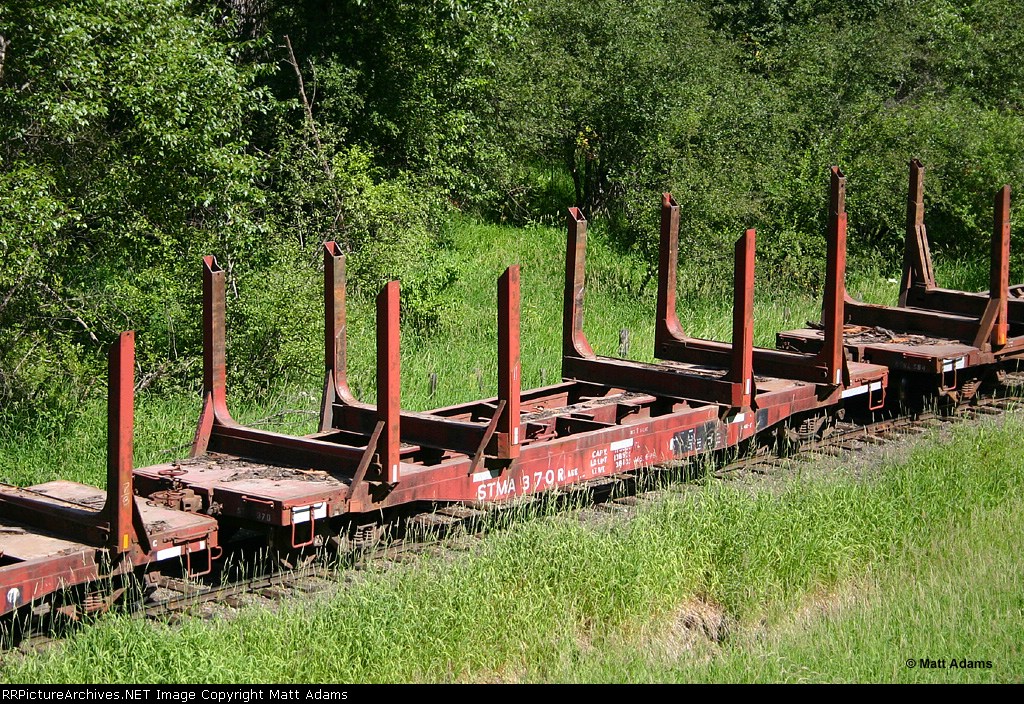So how much should cars weigh. I am messing around with a skeleton log flat car made from and aristocraft fish belly. Since I have taken off the entire upper decking and cut all the lower decking out from between the ribbing the car is very light.
So in building it back up I took a 1 5/8 x 3 3/4 piece of .030 lead sheet and put it at each end where the only decking will be. I then filled the bolster with lead wool. Capped all that off with styrene. Now even with the plastic wheels and no bunks it is decently heavy I think. I plan to add metal wheels and was going to cast the bunks in pewter. This will make this car pretty empty heavy.
I am wonder how heavy is just right and when is it overkill. I am using kaydee gscale body mounted couplers. I want them to be reliable empty.





